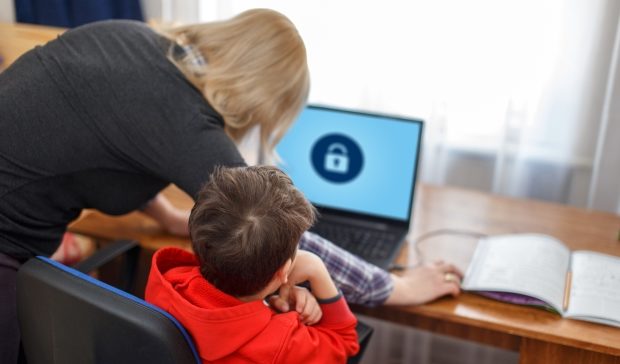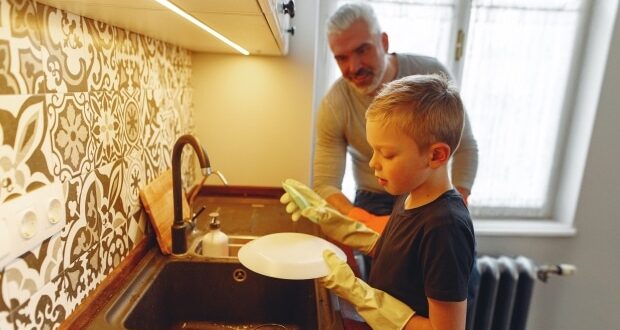How To Guide Your Kids Internet Usage
Teaching kids to ride a bike is a process. You start slow, help them balance, and keep the training wheels on until you’re positive they can ride safely alone.
The same goes for the internet. Don’t just let your children jump on the seat and take off.
Supervise, set boundaries, and teach them their value. Your time in teaching them healthy and safe internet habits will pay tremendous future dividends.
Here’s how you can guide your kid’s internet usage.
Set Limits Immediately
Parental Controls are a parent’s best friend. With high-speed internet capabilities, children can browse thousands of sites and download hundreds of media.
They can also talk with friends in a matter of seconds. While these activities are harmless, fast internet service can also give them quick access to inappropriate content.
However, if you have a subscription to Xfinity Internet, then you can easily take advantage of the Parental Control feature and set a limit to content your kids get access to.
They’ll push back, but they’d push back even harder if you wait to add them in the future.
Limits can help train your children to limit their time online and use the internet for educational and safe entertainment purposes. Parental controls are available through your browser controls and software applications.
Don’t be afraid to set verbal limits, too. For example, “You won’t be able to get on the internet until your homework is finished.”
Make sure you physically inspect the homework to make sure it’s completed. Whatever restrictions you apply, make sure you enforce them.
Promote Educational Use
From math exercises to history lessons, the internet is brimming with sites to help kids take their education to the next level. Training your children to use the internet for educational purposes can keep them from using it for other purposes.
Whether they prefer reading or interactive activities, every child has a site. Not sure which sites are best?
Common Sense Media offers reviews and ratings on hundreds of sites for parents like you.
Once you’ve figured out which sites you want them to visit, be sure to block the ones you want to exclude as well.
Be a Good Example
Monkey see, monkey do – the same goes for you and your child. If you spend too much time on the internet, you could send the wrong message to your child.
Setting a good example is critical when it comes to internet usage. In the past four years, adult internet usage has grown from one hour to four hours.
As these numbers continue to climb, so does the number of kids developing unhealthy habits. Small, routine actions can make a big difference.
Think of no internet usage in the morning or staying internet-free on the weekends.
Supervise Them In-Person
When your kids first begin using the internet, don’t be afraid to supervise them in person. Sit with them and discuss why they want to use the internet and what sites they intend to visit.
A clear communication line can give you insights into their motives for going online. This can help to identify signs of concern (like a strong desire to play games or talk to friends) and prevent them from worsening.
If you’re ready to give your children more freedom, you can still track their internet usage from a distance. Consider placing the computer in an open common room like the living room or kitchen.
Position the computer so the screen is readily visible by anyone in the room. This can give them the freedom they want with the supervision they may need.
Encourage Offline Activities
It’s called the World Wide Web, but the real world exists outside of it, too. Excess time online can lead to dangerous side effects like lack of sleep, impaired social skills, and aggressive behavior.
Children often develop unhealthy habits with the internet from sheer boredom. What children may need is a source of entertainment – don’t let that become the internet.
Rather than banning them from going online after school, supplement this time with other activities. Encourage your kids to engage in offline activities like sports, clubs, board games, family walks, and bike rides.
You taught your child how to walk and talk; now, teach them how to use the internet safely. As daunting as it may seem, remember success comes by establishing boundaries, setting a good example, and encouraging offline activities.
Not convinced of the dangers of allowing children uncontrolled internet access? Click here to see the evidence.






